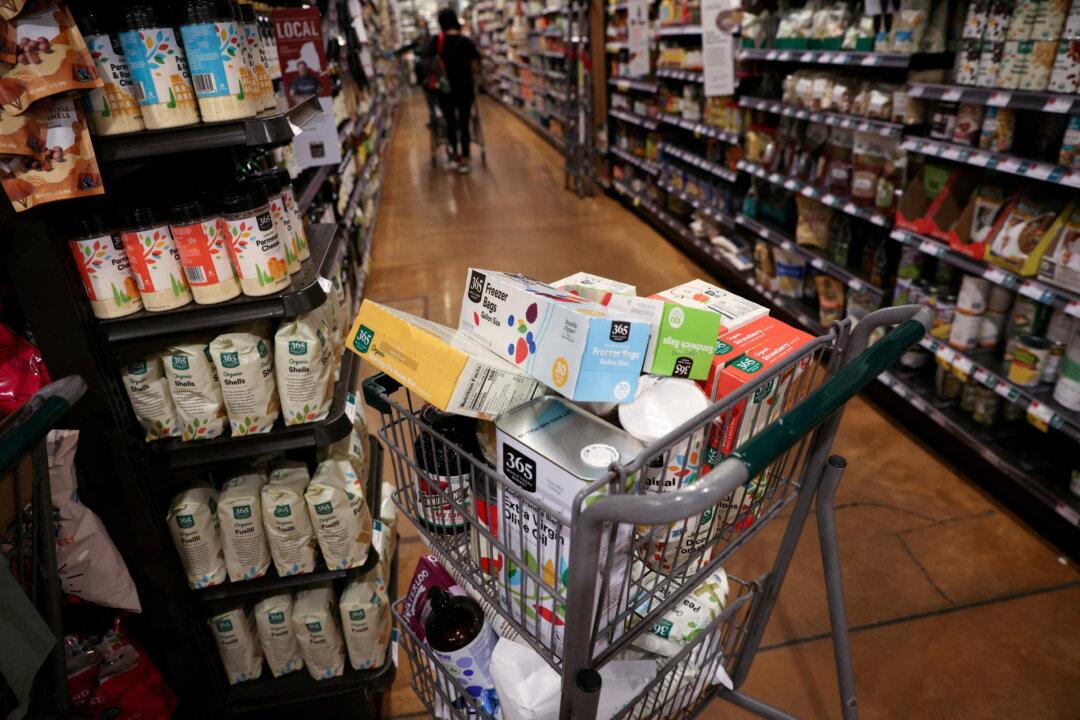U.S. inflation rates rose higher than expected in August, as investors expect a more aggressive monetary policy by the Federal Reserve in its efforts to curtail inflation toward the central bank’s preferred target of 2 percent.
The keenly watched Personal Consumption Expenditures price index (PCE) was published by the Bureau of Economic Analysis on Sept. 30.





